In 2005, when I first became "a partner" of Google - with my own partner manager and partner goals - I never imagined I'd have the opportunity to switch sides and work "platform-side." Since then, I've helped build marketplace and partnerships teams at Facebook (now Meta), HubSpot, and Intercom.

I've worked with hundreds of partners of every type - from technology, to channel, to affiliates. And I've been a multi-type partner myself - building affiliate programs, co-selling, and integrating the products I helped build with a variety of others. The only constant has been change. I had to learn as I went.
When I started my partnership journey all those years ago, there was no "playbook" to create a successful partnership. This post contains all the partnership business examples I can think of - it's the guide I wished I had when I started.
Partnerships, in a nutshell
- Partnerships allow business entities to combine resources and expertise, costs, audiences, and talent to accelerate product development and grow market reach.
- There are lots of partnership types: technology, channel, co-marketing, reseller, referral, strategic partnerships, and many more. Not every type will suit your business.
- Partnerships require clear agreements on roles and responsibilities, revenue share (if any), legal compliance - and a strong alignment on business models and ethics.
What is a Partnership (in the world of SaaS)?
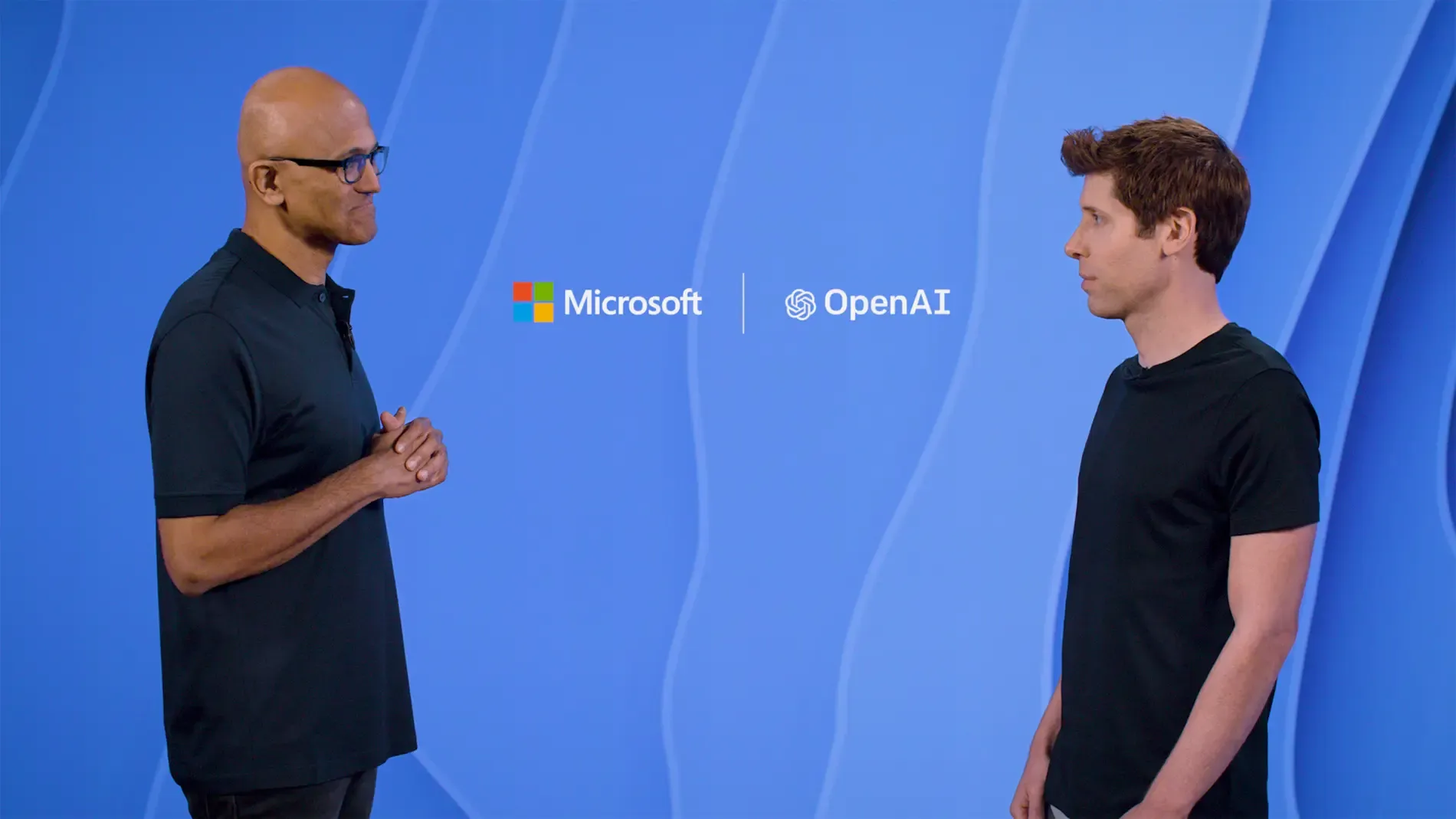
In SaaS, partnerships are effectively a joint venture between two or more companies to leverage each other’s technology, customer reach, and expertise to create mutual growth and customer value. These partnerships often involve co-selling, co-marketing and product integrations so both parties can improve their product offerings and go-to-market activities.
Most are not equity partners - partners rarely buy or merge with each other - but every successful partnership relies on trust, financial commitments (every team is a cost centre), and usually a nice sprinkling of strategic marketing (some folks call this partner marketing).
The benefits are many. Aligning goals and tech through business partnerships allows individual partners to reduce financial risk, share operational costs and grow market share faster than going alone. Sometimes, but not always, partnerships can create tax benefits by deploying financial contributions in high-leverage ways, but I don't get too deep into that particular topic in this post.
What is a partnership business?
A partnership business is a business entity which commits to come together with another business to combine their resources and expertise. Evolving to become a partnership business involves defining shared and collaborating on shared responsibilities, risks and profits with a growing ecosystem of partners.
Partnership businesses agree to share the benefits and risks of collaboration with partners, often through a well defined partnership agreement. This agreement defines each partner’s roles, responsibilities and share of the profits so everyone is transparent and on the same page. Almost every business partnership is an agreement between two companies - there is rarely personal liability at stake for decisions (and mistakes) made.
One of the biggest advantages of evolving to become a partnership business is the ability to combine the unique skills, technology and expertise of the partners which can make it faster and easier to increase utility value for customers, and distribution/revenue value for the business - without needing to create or acquire other business entities.
Why technology businesses form partnerships
SaaS products and platforms partner for a variety of reasons. Partnerships allow companies to share the costs and risks of developing new features with one or more partners. This risk reduction is especially valuable in the fast paced tech industry where innovation is expensive and necessary.
One recent example of this is Microsoft's partnership with OpenAI. For Microsoft, this general partnership allows them to explore and invest in emerging technology without needing to invest in business operations to support it. For OpenAI, a deep partnership with a major consumer tech developer (like Microsoft) can increase brand value through co-branding campaigns, and other go-to-market benefits that partners agree on.
Access to new markets and expertise is another big benefit of partnerships. They allow partnership businesses to tap into local knowledge and specialized skills in new countries and regions to grow business profits without needing to acquire or invest in technology and skills that individual partners already have.
Technology partnerships types

SaaS partnerships come in many forms, each with its own benefits and solving for different business needs, and different stages of business maturity. SaaS is often associated with Technology Partnerships ("Developers, developers, developers!") but partnerships extend beyond that into all areas of product development, co-branding and go-to-market.
From integration partnerships that integrate platforms to channel partnerships that expand market reach, these partnerships are designed to build on existing core product and brand value, and compound over time. In addition to the partnership examples below, many business partners evolve to include an advertising partnership or become broader brand partnerships.
Let’s get into the most common types of SaaS partnerships and their pros and cons.
Integration partnerships
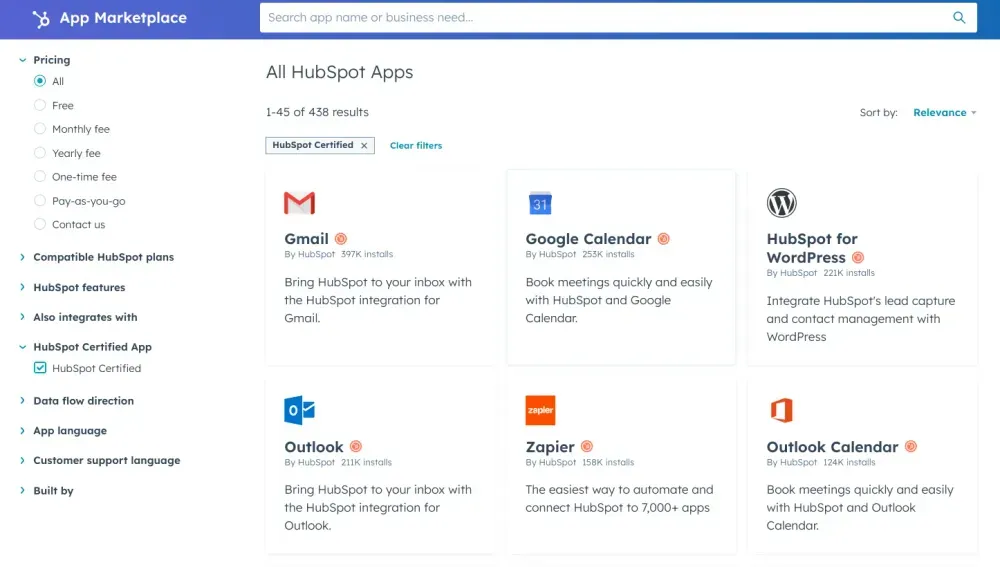
Integration partnerships focus on integrating two or more SaaS solutions to create a seamless data flow and enhance functionality. Each partnership business relies on close collaboration and ongoing partnership between development teams, sharing technical resources to make sure each solution works together seamlessly.
I've been working in "Integration Partnerships" for most of my career - at Facebook, Intercom, and HubSpot. So I've witnessed first-hand the many benefits of them - but I've also witnessed and experienced some awkwardness...
One of the big benefits of integration partnerships is to deliver a more complete solution adding value to the customer base of both parties - great integrations fuel great co-branding partnerships.
But these partnerships can be tricky because of the need for ongoing technical support and alignment on product roadmaps and API updates. A detailed integration plan and regular communication is key to managing these complexities and making these partnerships successful.
More "strategic" partnerships with larger platforms often require the inclusion of law firms to create partnership agreements which are prohibitive for some earlier stage companies.
Channel partnerships
Channel partnerships involve one SaaS company using another’s distribution network and partner brand to reach a wider audience. In this partnership example, the distributing partner handles marketing and sales and the product owner handles development. This allows the product owner to tap into existing customer networks without investing in new sales infrastructure so they get more visibility and faster market entry.
But these partnerships have challenges, dependency on the partner’s sales strategy and potential misalignment on customer experience standards. Clear agreements on sales process and customer support responsibilities are key to making these partnerships work.
Co-branding partnerships
Co-marketing business partnerships involve joint campaigns and promotional activities such as content creation, events and webinars to attract and reach a shared audience. Both companies share marketing efforts and resources, leveraging each other’s credibility and reach through a co-branding partnership. This is especially good for increasing brand visibility and customer acquisition without duplicating marketing costs, or product development costs.
Pooling marketing budgets into one co-branding campaign relies on alignment on branding and messaging - different priorities can cause big problems. A detailed co-marketing plan and alignment on business partnership goals is important to ensure mutual success.
Reseller partnerships
In a reseller partnership one partnership business sells another’s SaaS product as part of their product or service offerings, often bundling it with their own. Reseller partners handle the sales process, the product owner provides strategic marketing, support, training and resources for sales. This allows for more sales reach and access to new markets without a direct sales force.
The big benefit for the product owner is distribution, for the reseller it’s diversification and more revenue. But challenges can arise from these types of business partnerships, usually due to a lack of product knowledge or training - ongoing support is key to success.
Referral partnerships
Referral partnerships involve one company recommending another’s SaaS product to their clients in exchange for a referral fee or commission. In this partnership example, partners don’t handle the sales process directly but facilitate introductions to potential customers (or other partners). The big benefit of referral partnerships is a low cost way to get new leads and expand customer base.
This model is a simple and low risk way to grow a customer base without heavy involvement from sales, or evolving the go-to-market business structure. But limited control over the sales process and dependency on one partnership business to promote effectively can create challenges. Clear referral terms, adequate tracking, and incentives are key to making these types of business partnerships successful.
Strategic alliances
A strategic alliance is a broader, long term partnership where companies collaborate on product development or market expansion goals with another partnership business. These alliances involve sharing resources, funding and expertise across each partnership business to tackle big product initiatives or resolve common customer objections.
But strategic alliances can have significant challenges, including conflicts of interest and long term commitment and alignment on business structure and strategy. A solid strategic plan, regular communication and clear goals are key to managing each complex partnership and co-marketing campaign.
Technology partnership agreements
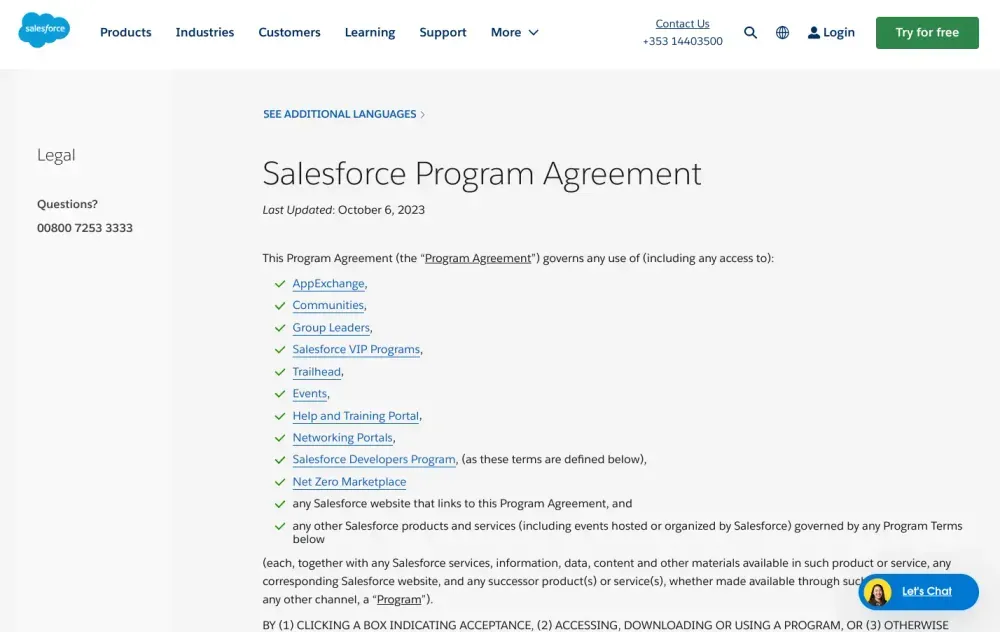
A SaaS partnership agreement is a written document that outlines each partner’s responsibilities, contributions and scope of work. Successful co-branding partnerships tend to rely on well structured agreements between both business partners.
General partner agreements cover these key areas:
- Data sharing
- Technical integration standards
- Support responsibilities
- Revenue sharing models
Legal counsel is usually required to draft a general partnership agreement to ensure compliance with data privacy regulations, intellectual property protections, internal revenue service requirements and other SaaS specific legal requirements.
"Well structured" doesn't need to mean "long." Salesforce's Program Agreement is 12,000 words long - thank goodness ChatGPT exists to help us work through that one!
A partnership agreement can be - in it's simplest form - a partner or developer terms agreement that's published on your website or in your partner onboarding flow, and requires partners to "opt-in" to agree to it (with a couple of clicks).
This is effectively how our integration partner agreements worked at Facebook, Intercom, and HubSpot. We rarely - if ever - drafted bespoke agreements for partners. Sure, partners typically had some questions about line items in the agreements, challenged by their legal teams, but those were usually clarified rather than negotiated away.
But, for more "strategic" partnerships - especially reseller and co-sell partnerships - a well defined technology partnership agreement can go a long way.
Contributions and responsibilities
A SaaS partnership agreement should outline each partner’s roles, responsibilities and specific contributions to the partnership. This includes defining duties, shared resources and distribution of revenue or profit sharing (including who should pay taxes on what) based on contributions and strategic goals. The responsibilities and contributions are usually between one limited liability company and another.
Contributions and responsibilities outlined usually include some or all of:
- Technology
- Customer access
- Marketing
- Support
Partners can bring resources like software infrastructure, expertise, customer networks or co-marketing budgets to the table, which affects their stake in the business partnership. Some business partners can be “silent partners” and contribute technology or funding without managing day to day operations.
Commissions and decision making
In a SaaS partnership, commissions or revenue sharing is usually defined in the partnership agreement with splits based on contributions, ownership or percentages. The agreement should outline how revenues, including subscription fees or service upsells will be shared, either proportionally or equally based on partner roles.
The agreement should also document the conditions for revenue distribution including timing and method of payment for partners. Decision making protocols including voting rights or approval processes should be defined to prevent conflicts especially in product development or go to market strategies. An agreement should also include details about what happens if one limited liability company dissolves, or if the business partnership is ended by one of the parties.
Technology partnership evaluation

Evaluating a SaaS business partnership means finding the perfect synergy (yes, I used that word) where platforms and expertise come together to create something greater than the sum of their parts.
Look for business partners with shared ambitions and a growth mindset, a company that sees the partnership as a path to innovation and mutual success - not just a transactional relationship. History is usually a good input here.
Consider the partner’s industry reputation, especially their track record on reliability, customer support, innovation, and compliance - qualities that can elevate your brand. Or, if lacking, hinder it. Evaluate their tech capabilities and development agility. A partner who can innovate and adapt quickly is usually the best type of partner.
Theranos' ill fated "partnership" with Walgreens is a case in point - Walgreens took too many promises at face value, and ignored many signals from the market that Theranos didn't have a solid reputation in the market. And we all know how that ended.
Look beyond capital or funding and find partners with strong customer relationships, unique insights or complementary customer bases. The right business partnership can open up new networks and opportunities that go far beyond immediate revenue - specially in the world of SaaS.
Prioritize partners with the right balance of technical expertise, customer centric values and ambition—a partner who can grow and scale with your business structure, and add value to your offerings and brand.
SaaS business models
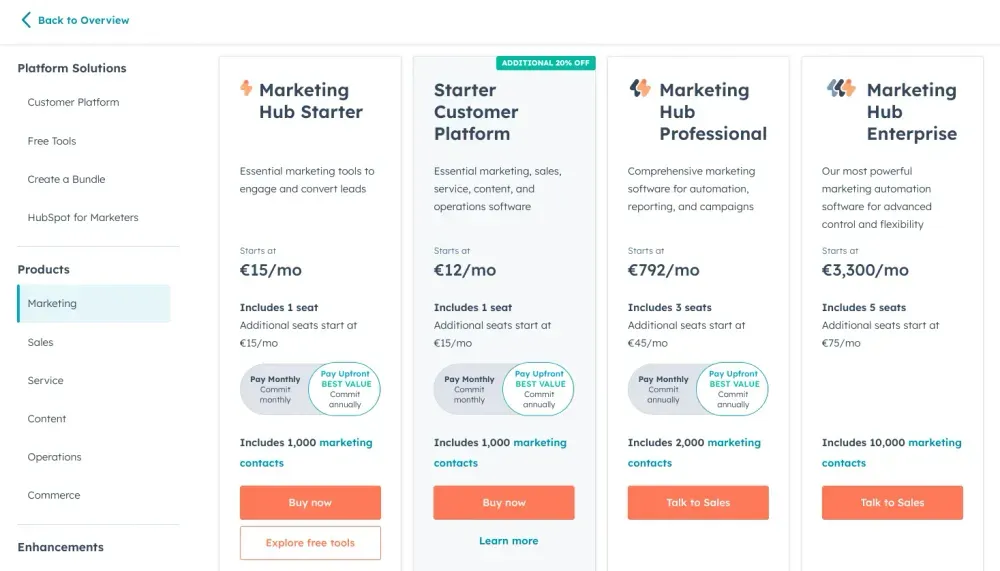
Aligning business models means your pricing strategies, revenue streams and target markets don’t just coexist but complement each other. Look for a partner whose business model fits alongside yours whether it’s subscription based, freemium or enterprise focused.
When business models align, the partnership flows and creates a seamless experience for customers and reduces friction for sales teams.
Think about how your customer journeys intersect. Do your potential business partners cater to the same customer segments or can they help you reach new ones? A well aligned business model extends your reach and deepens your market impact.
Pricing strategies should not compete with each other. For example a partner with similar pricing allows for smoother upsells and bundled offerings, driving joint growth without confusing customers or conflicting with your brand.
In short, aligned models help you co-create value, amplify growth potential and unlock markets that would otherwise be out of reach. When partnering with larger platforms - with existing customer bases and app marketplaces - align pricing, packaging and go to market strategies to “sell the way their customers buy."
Atlassian and Shopify, for example, regularly feature apps and bundles of apps to their customers. Pricing, and pricing relevancy, is an input into choosing which partners to feature.
Legal and ethical considerations
A SaaS partnership is built on trust, transparency and due diligence - so a thorough background check is essential to avoid surprises down the line.
Before committing, look into your potential partner’s legal standing and reputation. Check for any ongoing lawsuits or unresolved issues that could impact the business partnership. Red flags like a history of broken agreements or legal troubles are often a sign to pause and reconsider.
Make sure you understand their legal entity status especially around data privacy and compliance obligations, and whether or not they pay taxes. SaaS partnerships often involve sharing customer data or integrating across platforms so your partner’s compliance with regulations (like GDPR or CCPA) affects your own compliance and customer trust.
Just as important is alignment on business ethics. A business partnership can only work when both companies share values especially around data, customer privacy and transparency. A partner who has ethics at the forefront will help you build a reputation for integrity.
Consider the cultural fit too, especially when considering a co-branding campaign. Are they customer centric, forward thinking and as committed to innovation as you are? A shared vision and values is the foundation of the partnership and makes the collaboration more robust and effective.
Partnership business examples
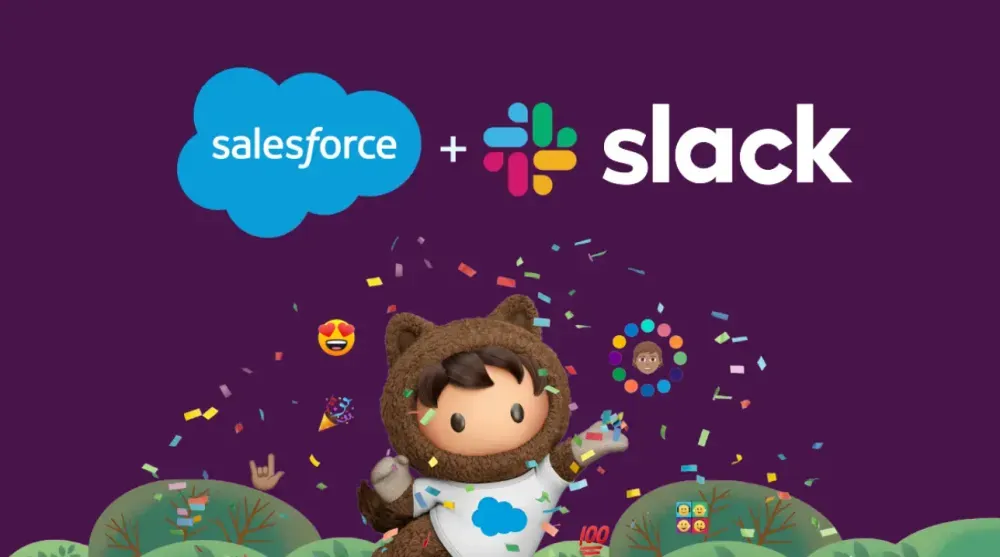
Here are some common partnership business examples from the world of technology:
Slack and Salesforce
Slack and Salesforce partnered to integrate Slack’s messaging platform with Salesforce’s CRM tools to improve team collaboration and customer engagement.
An initially limited partnership ended with Salesforce acquiring Slack for $27.7 billion in July 2021 to create a single platform for business communication and customer management.
Microsoft and LinkedIn
Microsoft and LinkedIn partnered to integrate LinkedIn’s professional networking capabilities with Microsoft’s Office suite to give users professional insights.
This partnership ended with Microsoft acquiring LinkedIn for $26.2 billion in December 2016 to enhance Microsoft’s enterprise offerings and expand LinkedIn’s reach. LinkedIn is now a major source of revenue (and data) for Microsoft.
HubSpot and Google
HubSpot partnered with Google to integrate Google’s ads and analytics into HubSpot’s marketing platform. This allowed users to manage and optimize their marketing campaigns better, combining HubSpot’s inbound marketing expertise with Google’s massive advertising network.
This has since expanded to include deeper data integrations (example: audience syncing) and a co-branding partnership that led to rumors of a potential takeover of HubSpot by Google in 2024.
Shopify and Stripe
Shopify integrated Stripe’s payment processing into its e-commerce platform so merchants can accept payments seamlessly, a co-branding partnership eventually called "Shopify Payments." This partnership gave customers a smooth checkout experience and merchants a streamlined payment process which contributed to Shopify’s growth as a leading e-commerce solution.
Most of Shopify's revenue today is a GMV-oriented byproduct of this partnership, and many famous lifestyle brands (like Glossier, Converse, and Mattel) rely on Shopify and Stripe to power their e-commerce businesses.
Pros and cons of technology partnerships
I'd love to tell you that technology partnerships are the holy grail, and there are now downsides. There absolutely are - but let's start with the good stuff:
Pros
- Resources and expertise: SaaS partnerships allow companies to combine technical expertise, development resources and infrastructure to speed up product enhancements and more comprehensive solutions. By integrating complementary technologies partners can create a more seamless user experience and make their combined product offerings more attractive to customers.
- Shared financial and operational burden: Partnerships can reduce individual costs by sharing infrastructure, development and support costs making it more manageable to scale. SaaS partnerships can also give access to each other’s customer base and distribution channels to expand market presence and brand visibility. Here are some partnership business examples that illustrate these benefits.
- Cross-promotion: Another advantage is to co-promote products and benefit from combined brand recognition and joint campaigns to attract a wider audience through a co-branding campaign.
Cons
- Dependency on partner stability: A partner’s financial or operational issues like service outages or poor financial management can impact your reputation and service reliability.
- Compatibility issues: Partnerships require closely aligned business models, pricing and technology roadmaps. Misalignment in these areas can cause customer confusion or operational friction.
- Data privacy and compliance risks: Sharing data between platforms introduces data privacy and regulatory compliance risks. Any breach of security or compliance on the partner’s side can impact your business and customer trust.
- Conflicting priorities: SaaS partners may have different strategic goals which can lead to conflicts over resource allocation, feature development or target markets and can hinder growth.
- Exit challenges: Ending a SaaS partnership can be complex due to integrated technologies, shared customers and data ownership. A poorly planned exit can disrupt customer experience and damage brand reputation.
- Co-opetition: This can be an advantage or a disadvantage especially when partnering with SaaS companies and platforms that have grown fast into new verticals and use cases. This is the "awkwardness" I referred to earlier.
How to Partner
This isn't necessarily a step-by-step list. But most of the time, most of them will come into play.
- Define strategic objectives: Start by defining the purpose of the partnership – is it to expand market reach, enhance product functionality through integration or create a co-branding campaign to reach new customer segments. Clarity on objectives will guide everything that follows.
- Research potential partners: Look for companies with complementary technologies, same target audience and good reputation in the industry. Check their technical capabilities, customer base and brand alignment.
- Start conversations and define roles: Engage in open discussions to explore what each partnership business brings to the table. Define roles clearly – who will manage integrations, customer support and marketing.
- Create a partnership agreement: Develop a SaaS partnership agreement that covers revenue sharing models, data privacy, intellectual property rights and customer data handling. Specify exit strategies, support responsibilities and liability limits to mitigate risk and maximise business profits.
- Set up technical integrations and test compatibility: Collaborate on technical integration plans to ensure smooth integration between each partnership business. Test thoroughly to confirm data flows, security standards and user experience meet both companies’ standards.
- Get relevant data and compliance certifications: Ensure both parties meet the necessary data protection standards (e.g. GDPR or CCPA) and have relevant security certifications to protect customer data and be compliant.
- Joint go-to-market (GTM) strategy: Work together on a GTM plan that outlines co-marketing efforts, sales initiatives and customer success strategies. Align on messaging, branding and timing for any joint campaigns to create a cohesive customer experience.
- Monitor and adjust: Once live, schedule regular check-ins to monitor metrics, fix issues and explore further collaboration opportunities. Flexibility and adaptability to customer needs or technology changes is key to long term success.
Forming a SaaS partnership requires planning, technical compatibility and ongoing collaboration to deliver a seamless customer experience and business growth.
That's it!
SaaS partnerships are a powerful way to drive innovation, expand market reach and customer experience. A smart co-branding partnership can make or break a technology business. By understanding the types of partnership businesses, the partnership agreement elements and the steps to building deep partnerships, you hopefully have all the ingredients you need to partner successfully.
Partnering with a SaaS companies involves planning, aligning business models and shared goals and values. With the right partner, companies can open up new opportunities, reduce risk and create more complete solutions for their business and customers. A win-win-win for customers and companies.
FAQs
Why should a business become a partnership business?
SaaS companies become partnership businesses to share risk and cost, enhance brand value and access new markets to get ahead in their industry.
What are the types of SaaS partnerships?
Types of SaaS partnerships include technology partnerships, channel partnerships, co-marketing partnerships, reseller partnerships, referral partnerships and strategic alliances. Each type drives business growth and better service.
What should be in a SaaS partnership agreement?
A SaaS partnership agreement must cover roles and responsibilities, revenue sharing models, data privacy and compliance, technical integration standards, support obligations and exit strategies to ensure a successful partnership. Each of these elements is key to protect all parties involved.
How do I choose a SaaS partner?
To choose a SaaS partner, consider their industry reputation, technical capabilities, regulatory compliance and alignment with your business values and goals. This will help you find a good match for your business.
What are advantages and disadvantages of SaaS partnerships?
SaaS partnerships bring many advantages such as resource pooling and faster market reach, innovation and cost reduction. But also present challenges like dependencies on partner stability, data privacy, and other risks.





